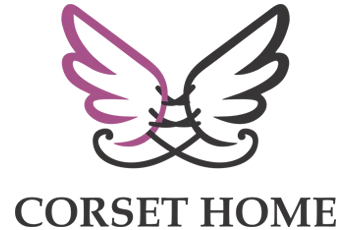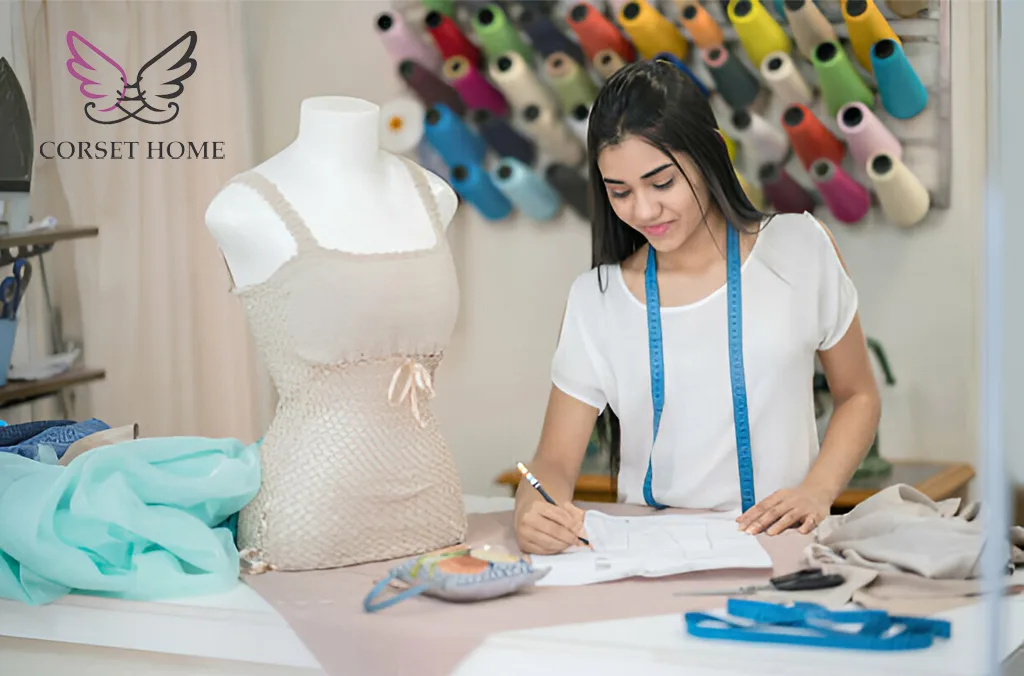Creating a corset from scratch can be a rewarding and fulfilling project for both seasoned seamstresses and enthusiastic beginners. A corset is not just an article of clothing; it’s a garment rich in history and imbued with the essence of elegance, femininity, and power. Whether you’re sewing a corset for yourself or as a gift, this guide will take you through each step of the process, ensuring you end up with a beautiful, well-fitted corset.
Materials and Tools Needed
Before you begin sewing, gather all the necessary materials and tools. Here’s a list of what you’ll need:
- Fabric: Choose a sturdy fabric like coutil or denim for the main body of the corset. For a more luxurious feel, consider using a decorative fabric like brocade or satin.
- Lining Fabric: Cotton or another breathable fabric works well.
- Boning: Steel or plastic boning to give the corset structure.
- Busk: A specialized front closure for the corset.
- Grommets and Lacing: For the back closure.
- Bias Tape: For finishing the edges.
- Interfacing: To add additional strength to the fabric.
- Sewing Machine and Needles: Heavy-duty needles for working with thick fabrics.
- Measuring Tape, Scissors, Pins, and Tailor’s Chalk.
How to Sew a Corset? Step-by-Step Guide to Sewing a Corset
1. Taking Measurements and Choosing a Pattern
The first step in sewing a corset is to take accurate measurements. Measure your bust, waist, and hips to ensure the corset fits perfectly. Once you have your measurements, choose a pattern that matches your size. Many corset patterns are available online or at fabric stores. Make sure to select a pattern that suits your skill level and desired corset style.
2. Cutting the Fabric
Lay out your fabric and pattern pieces on a large, flat surface. Pin the pattern pieces to the fabric and carefully cut around them, ensuring you leave the recommended seam allowances. Remember to cut out both the main fabric and the lining fabric.
3. Assembling the Corset Panels
Begin by sewing the individual panels of the corset together. Typically, a corset consists of several panels that fit together to create the shape. Sew the panels of the main fabric and the lining fabric separately. Press the seams open to create a neat finish.
4. Adding Interfacing and Boning Channels
Next, add interfacing to the lining fabric for extra support. Then, create channels for the boning by sewing parallel lines along the seams. Insert the boning into these channels. The boning will provide the necessary structure and shape to the corset.
5. Inserting the Busk
The busk is a specialized closure used at the front of the corset. Carefully sew the busk into place, following the instructions provided with your pattern. This step requires precision, as the busk must be aligned perfectly to function correctly.
6. Joining the Lining and Main Fabric
Once the busk is in place, join the lining fabric and the main fabric together. Sew along the top and bottom edges, leaving the sides open for now. Turn the corset right side out and press the seams flat.
7. Finishing the Edges
Finish the edges of the corset with bias tape. This will give the corset a clean and professional look. Sew the bias tape along the top and bottom edges, folding it over to encase the raw edges.
8. Adding Grommets and Lacing
Mark the placement for the grommets along the back edges of the corset. Use a grommet tool to create the holes and insert the grommets. Finally, thread the lacing through the grommets, ensuring it is even and secure.
9. Final Adjustments
Try on the corset and make any necessary adjustments. Ensure the fit is snug but comfortable. If needed, adjust the lacing and trim any excess fabric or threads.
Styling Your Corset
Now that your corset is complete, consider how you’ll style it. A cream corset can be paired with a flowing skirt for a romantic look or worn over a dress for a touch of elegance. Experiment with different outfits to find the perfect combination that showcases your beautiful handmade corset.
FAQs
Q1: How long does it take to sew a corset?
A: The time required to sew a corset can vary depending on your skill level and the complexity of the pattern. On average, it can take anywhere from 10 to 20 hours to complete a corset.
Q2: Can beginners sew a corset?
A: Yes, beginners can sew a corset, but it’s important to start with a simple pattern and take your time. Ensure you have all the necessary materials and follow the instructions carefully.
Q3: What type of fabric is best for a corset?
A: Sturdy fabrics like coutil, denim, or twill are ideal for the main body of the corset. For the lining, choose a breathable fabric like cotton.
Q4: How do I choose the right size for my corset?
A: Take accurate measurements of your bust, waist, and hips. Choose a pattern that matches these measurements and follow any fitting instructions provided with the pattern.
Q5: What is the purpose of boning in a corset?
A: Boning provides structure and support to the corset, helping it maintain its shape and fit correctly. Steel boning is the most durable, while plastic boning is lighter and more flexible.
Q6: How do I care for my corset?
A: Hand wash your corset in cold water with a gentle detergent. Avoid wringing or twisting the fabric. Lay it flat to dry, and store it in a cool, dry place away from direct sunlight.
Q7: Can I make a corset without a sewing machine?
A: While it’s possible to sew a corset by hand, it is much more time-consuming and requires a high level of skill. A sewing machine will make the process faster and more precise.
Q8: How do I lace up my corset correctly?
A: Begin lacing from the top or bottom, threading the laces through the grommets in a criss-cross pattern. Ensure the laces are even and pull them tight, adjusting as needed for a snug fit.
Q9: Can I add decorative elements to my corset?
A: Absolutely! You can add lace, embroidery, or other embellishments to personalize your corset. Just be sure to attach them securely so they don’t come loose during wear.
Q10: Where can I find corset patterns?
A: Corset patterns are available online, at fabric stores, and in sewing pattern books. Look for patterns that match your skill level and desired style.
Sewing a corset is a challenging but immensely rewarding endeavor. By following this guide, you’ll be able to create a stunning piece that not only fits perfectly but also reflects your unique style and craftsmanship. Whether you opt for a bold black corset or a delicate cream corset, your handmade creation will undoubtedly be a cherished addition to your wardrobe.
Visit Corset Home for more sewing tips, patterns, and all your corset-making needs. Happy sewing!

